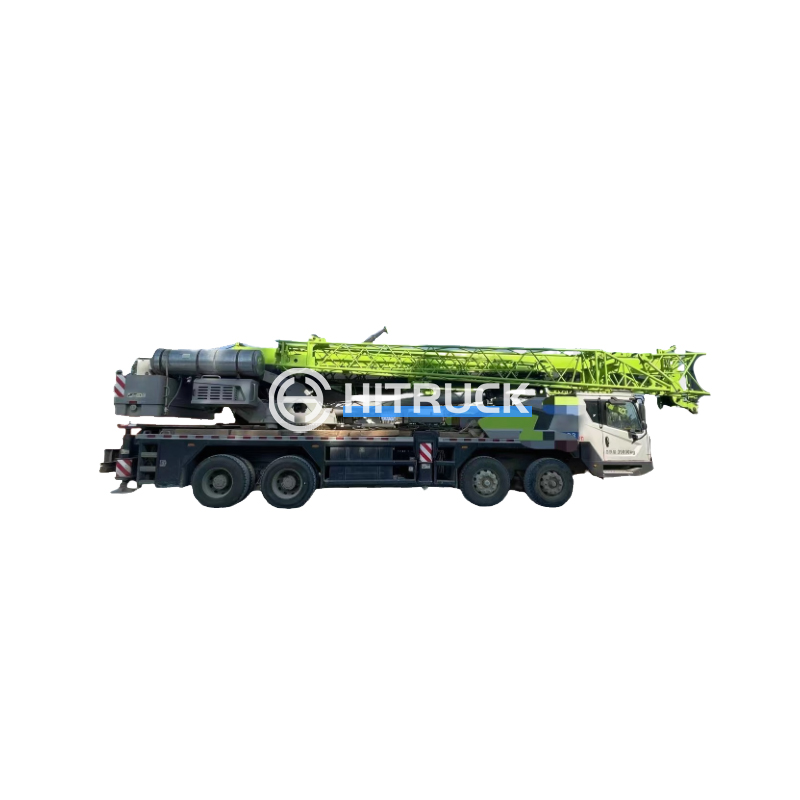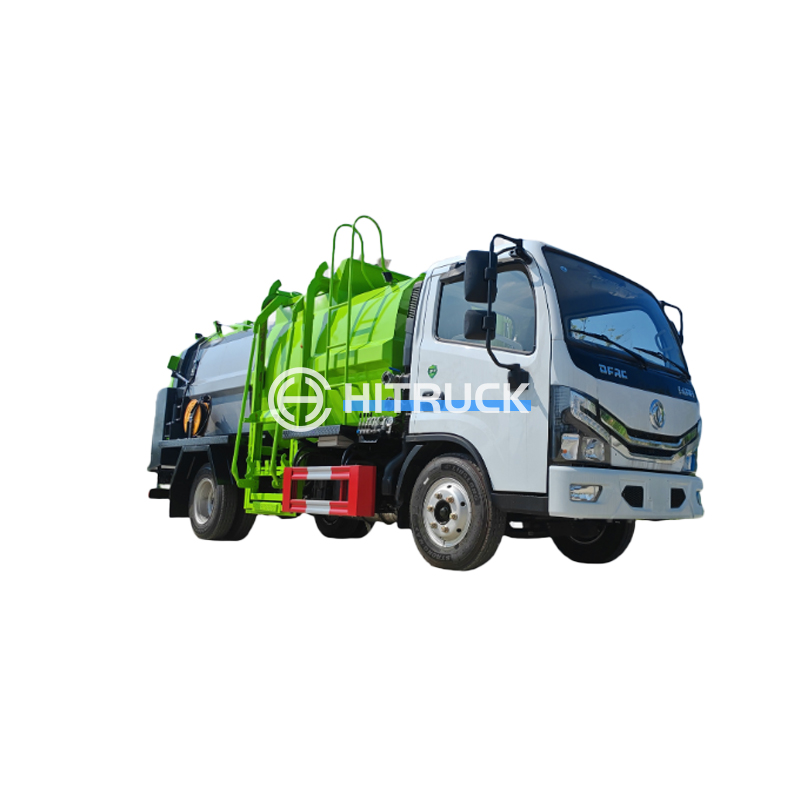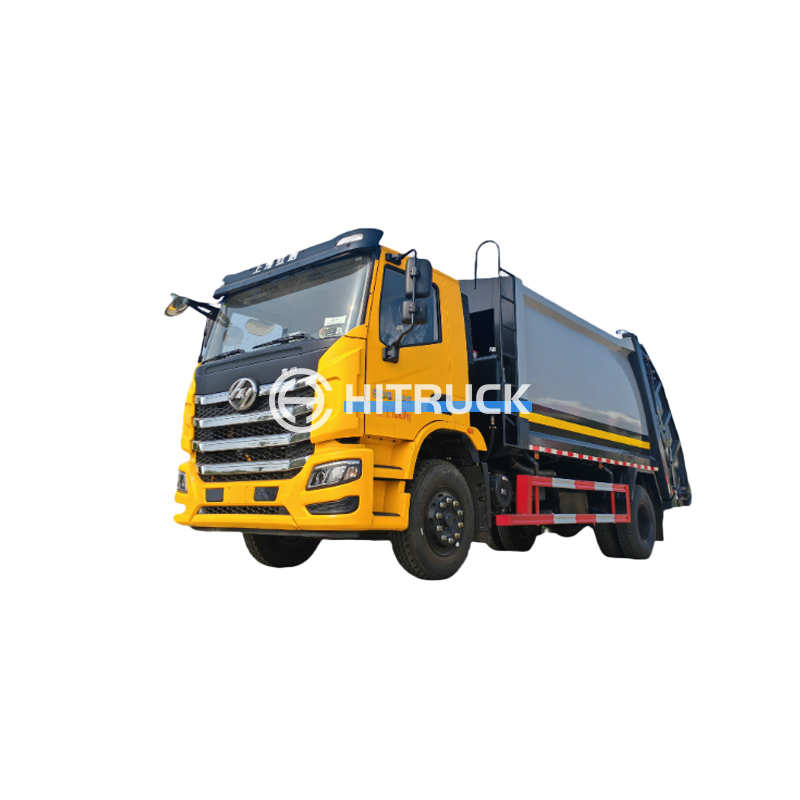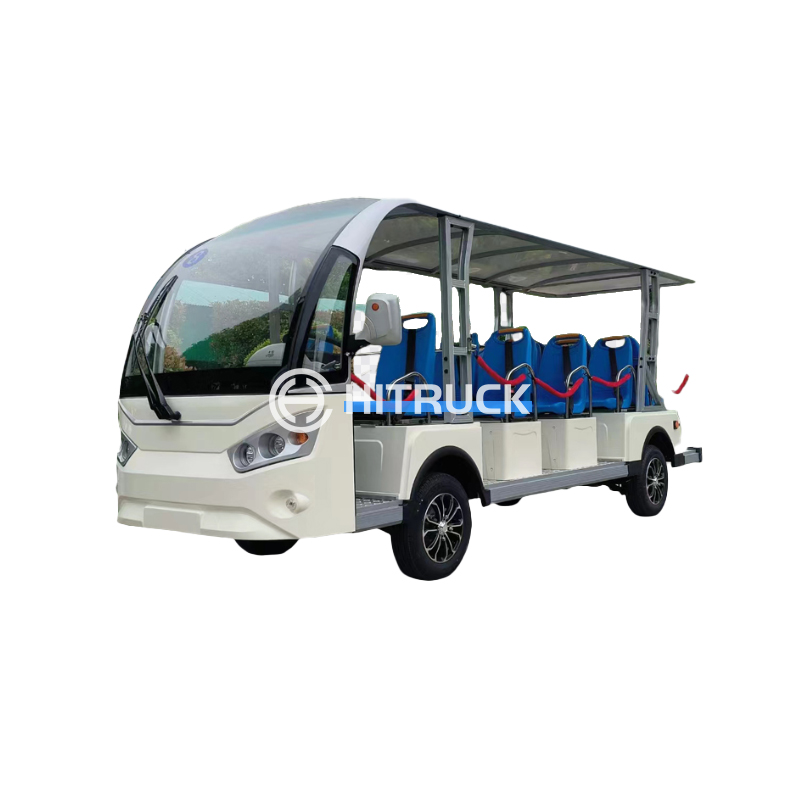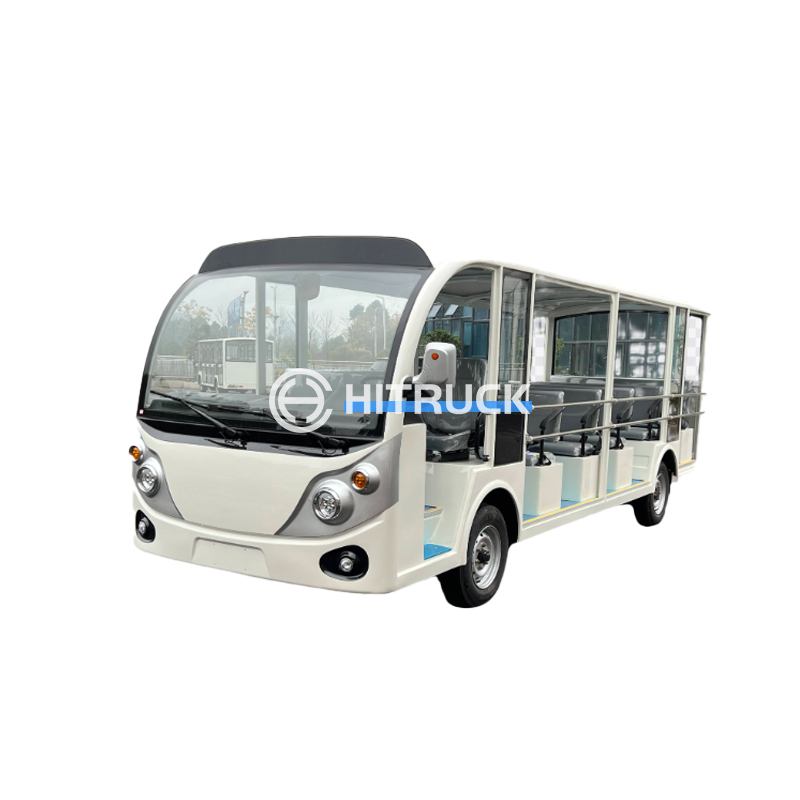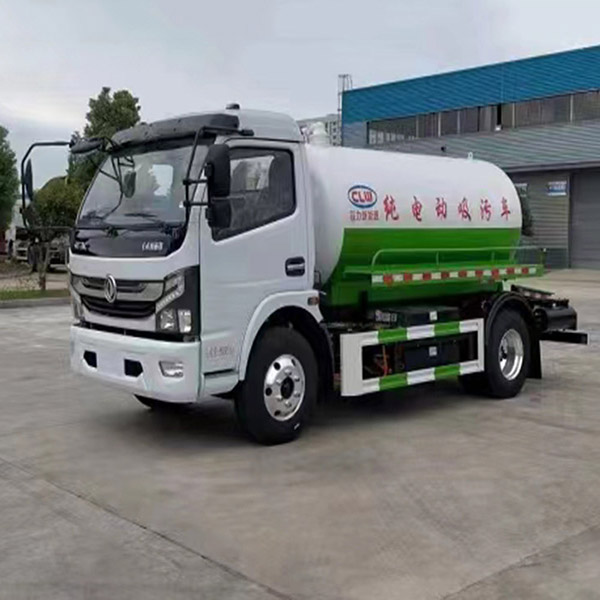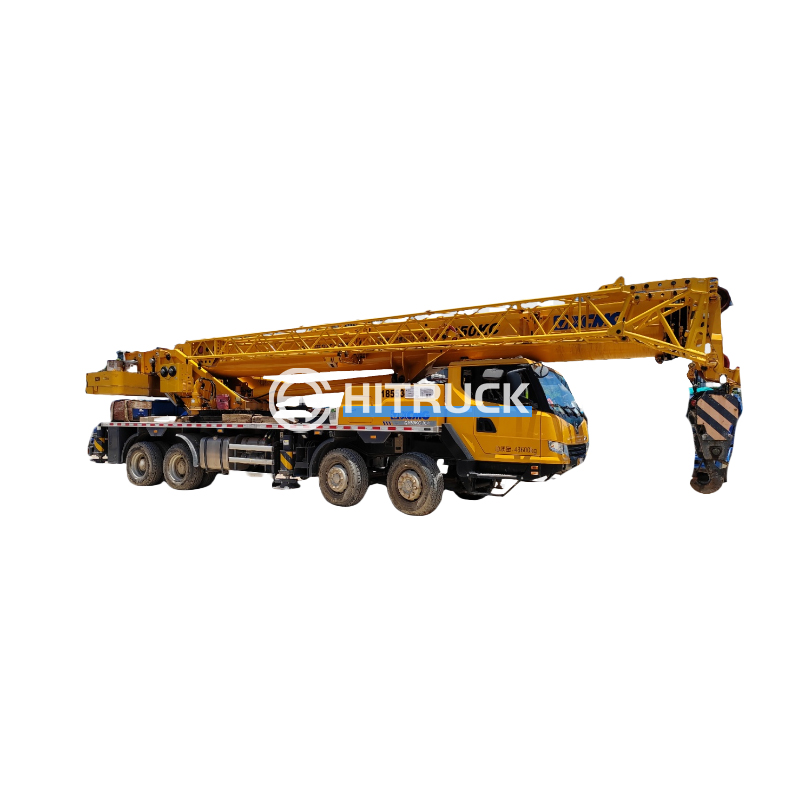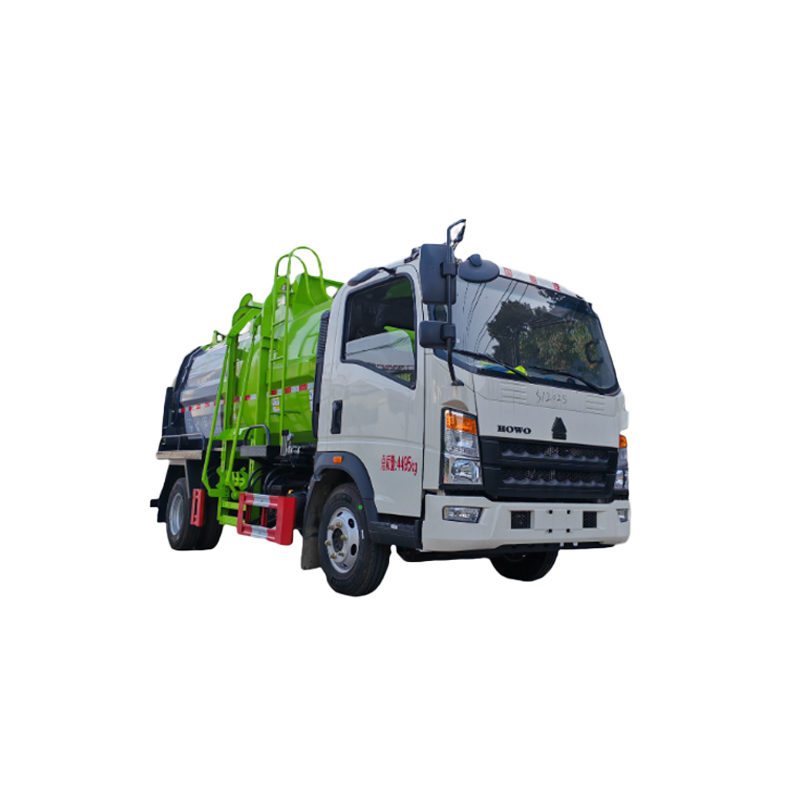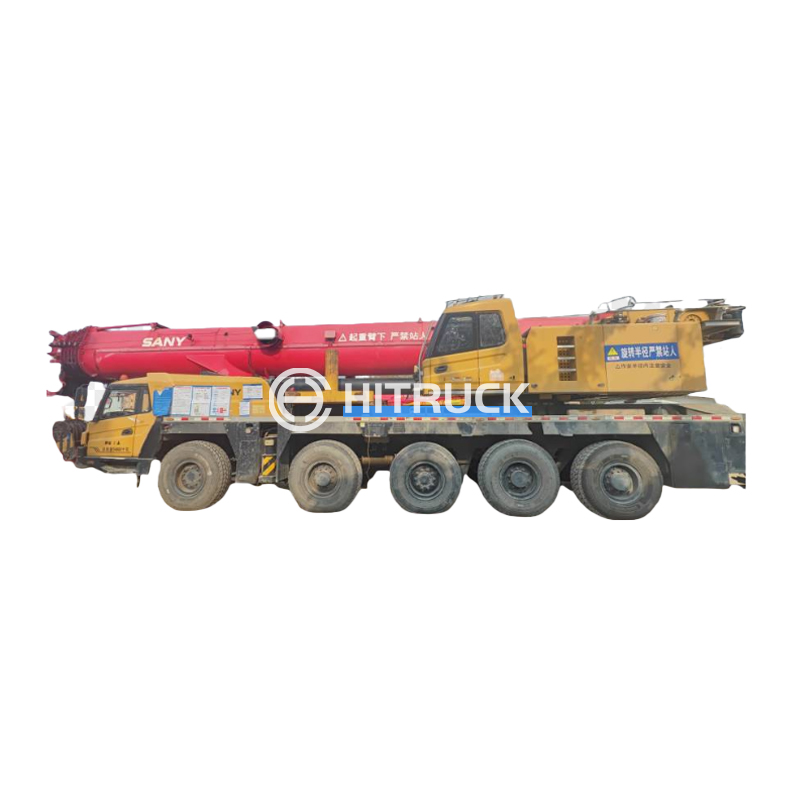Garbage Truck Cranes: A Comprehensive GuideThis article provides a detailed overview of garbage truck cranes, covering their types, functionalities, maintenance, and selection considerations. We explore the various applications, benefits, and potential drawbacks, offering insights to help you make informed decisions.
Garbage truck cranes are essential components of modern waste management systems, significantly enhancing efficiency and safety in refuse collection. This guide delves into the specifics of these vital pieces of equipment, exploring their different types, functionalities, and the factors to consider when selecting the right crane for your needs. We'll also discuss maintenance best practices and common troubleshooting tips.
Hooklift cranes are commonly used on garbage trucks, known for their simplicity and reliability. They use a hook mechanism to lift and lower containers, making them suitable for a wide range of applications. These cranes are generally less expensive than other types, requiring less complex hydraulic systems. However, they may be slower in operation compared to other options.
Grapple cranes use a claw-like mechanism to pick up and handle loose waste. This makes them ideal for collecting bulky or irregularly shaped items. While effective for handling diverse materials, grapple cranes can be less efficient when dealing with neatly packed containers, and the grapple itself can be prone to wear and tear depending on the type of waste handled.
Roll-off cranes are designed to lift and position large roll-off containers. These are usually found in larger-scale waste management operations and require substantial lifting capacity. The advantage of these cranes is their ability to handle substantial volumes quickly, but the increased weight and complexity can translate to higher purchase and maintenance costs.
Selecting the appropriate garbage truck crane depends on several key factors. The type of waste collected, the frequency of collection, the size and weight of containers, and budget considerations all play a crucial role. Furthermore, the terrain where the garbage truck operates impacts crane selection. Difficult terrain might necessitate a crane with greater reach and maneuverability.
Regular maintenance is critical for ensuring the longevity and operational efficiency of your garbage truck crane. This includes regular inspections, lubrication, and prompt attention to any signs of wear or damage. Common issues, such as hydraulic leaks or electrical malfunctions, should be addressed by qualified technicians immediately to prevent costly repairs and potential safety hazards.
Operating a garbage truck crane requires adherence to strict safety protocols. Proper training for operators is essential, as is regular inspection of all components to ensure everything is functioning correctly. Remember, safety is paramount when handling heavy equipment and waste materials.
| Crane Type | Lifting Capacity | Speed | Cost | Maintenance |
|---|---|---|---|---|
| Hooklift | Variable, depends on model | Moderate | Lower | Relatively low |
| Grapple | Variable, depends on model | Moderate | Moderate | Moderate |
| Roll-Off | High | High | Higher | Higher |
For a wide selection of high-quality garbage trucks and related equipment, consider exploring the options available at Suizhou Haicang Automobile sales Co., LTD. They offer a comprehensive range of solutions to meet diverse waste management needs.
Note: This information is for general guidance only. Always consult with relevant professionals for specific advice related to your garbage truck crane needs.



